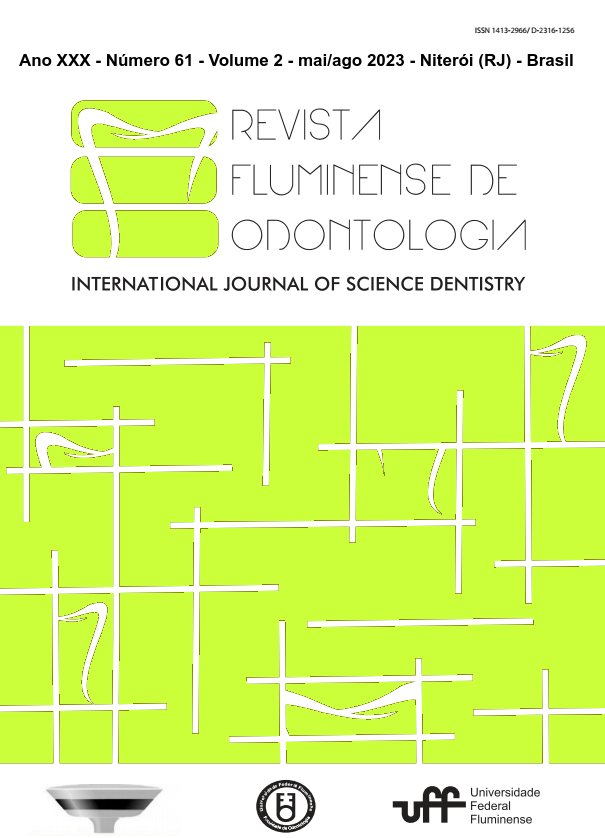Frontal Cranioplasty with Bone Graft from the Anterior Wall of the Frontal Sinus and Temporo-Parietal Pericranium Flap: Case report
DOI:
https://doi.org/10.22409/ijosd.v2i61.57623Abstract
The frontal bone, part of the cranial skeleton and part of the upper third of the face has an essential role in protecting brain content. As part of this reference, there is a sinus cavity of variable dimensions, the frontal sinus. The anatomical location of the frontal sinus allows it to contribute to frontal lobe protection by acting as a shock-absorbing barrier in addition to sinus physiology. Craniofacial fractures can compromise the anterior and(or) posterior wall, with or without the involvement of the nasofrontal duct (NFD). Treatment planning is based on clinical and imaging evaluation. Computed tomography (CT) is essential for planning and decision-making process. The treatment can be non-surgical, when there is patency of the FND and aesthetic impairment that is not critical for the patient, or surgical when there is impairment of the FND and/or critical aesthetic impairment, or even when there is involvement of the posterior wall and the need for cranialization and ductal obliteration. The objective of this article is to report a cranioplasty secondary to the sequelae of a frontal-orbital fracture, using osteotomized fragments from the fracture site itself, fixed with miniplates (1.5mm System), and the use of a temporoparietal pericranium flap to camouflage tissue soft for filling.
Keywords: Skull Fractures, Frontal sinus, Frontal Bone, Pericranium, Orbit, Fracture fixation.





